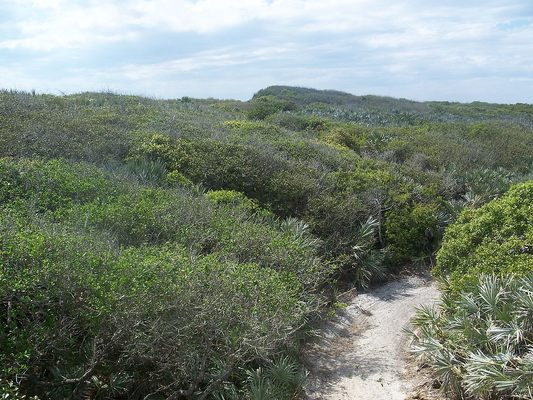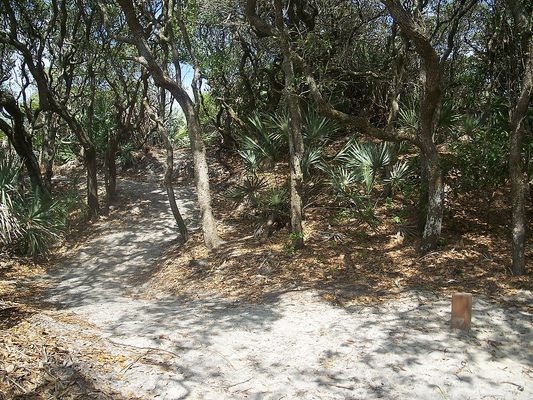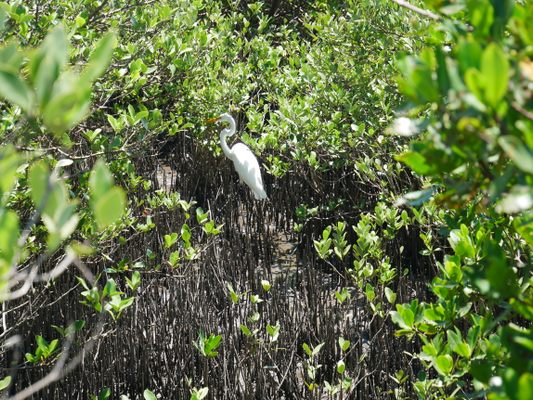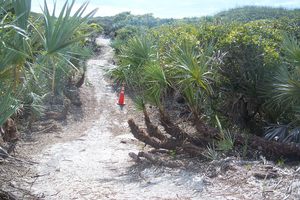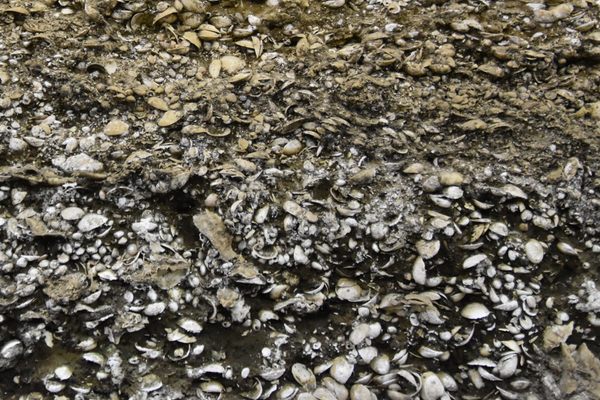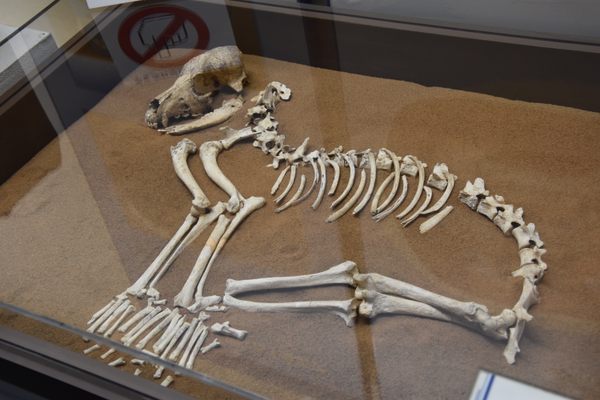About
Composed entirely of discarded organic material, the Green Mound of Ponce Inlet is one of the largest shell mounds, or "middens," of its kind in the United States. It was formed by the local Native American tribes as a dumping ground for the shells of oysters, clams, and other debris. Over the centuries between 800 and 1600, it rose as much as 50 feet tall.
The composition of the shell mound caused many pre-Columbian artifacts to be preserved in the material, and digging into the mound reveals a vertical chronology of the Native Americans who lived there. In fact, the very formation of the midden signified the shift from a nomadic to a sedentary lifestyle: The mound was created from the shellfish diet that allowed the population to flourish in the area for hundreds of years.
The vertical timeline also enabled archeologists to uncover how the lifestyle of the tribes changed over time. Archeologists were able to uncover evidence of dwellings within the layers of preserved mollusks, such as ash from fire pits, clay floors, and foundational structures. Within the tribe's hierarchical society, the most important members, like chiefs or religious leaders, resided at the top of the mound.
Today, the mound stands at 30 feet high, with 10 feet lost to erosion and the blunder of using the material to build a road in 1922. The Green Mound is located within the Ponce Preserve Park in Ponce Inlet, making it the highest elevation in the town. Because of the unique environment, rare plants still surround the mound, including wild coffee, marlberry, and snowberry. At the base of the midden grows a 350-year-old live oak with wild twisting branches.
Related Tags
Community Contributors
Added By
Published
May 4, 2018
Sources
- http://ucf.digital.flvc.org/islandora/object/ucf%3A15146#page/InsideFrontCover/mode/2up
- http://fpangoingpublic.blogspot.com/2016/04/green-mound-millions-of-meals.html
- http://www.lat34north.com/HistoricMarkersFL/MarkerDetail.cfm?KeyID=64-893&MarkerTitle=Green%20Mound%20State%20Archaeological%20%20Site
- https://web.archive.org/web/20160606053449/http://www.flmnh.ufl.edu/monroe/overview.htm

